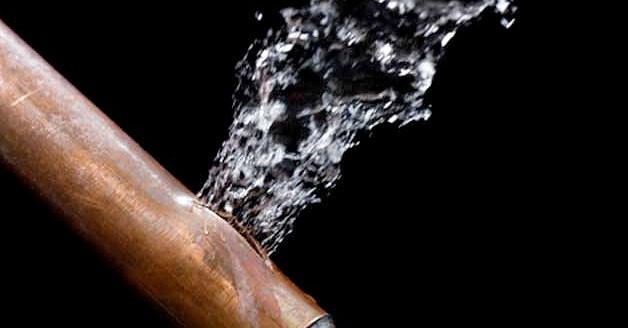6 Ways to Locate Concealed Water Leakages in Your Home
6 Ways to Locate Concealed Water Leakages in Your Home
Blog Article
What're your insights and beliefs about Locating water leaks?

Early discovery of dripping water lines can alleviate a potential catastrophe. Aside from saving you cash, it will certainly lessen the irritation and stress. The minute you discover a leak, calling your plumber for repair services is the most effective service. Some little water leaks might not be noticeable. Below are some hacks that help if you can not identify it with your naked eyes.
1. Analyze the Water Meter
Checking it is a surefire means that helps you uncover leaks. If it moves, that suggests a fast-moving leakage. This implies you might have a slow leak that can even be underground.
2. Examine Water Consumption
Examine your water costs and track your water usage. As the one paying it, you should discover if there are any kind of discrepancies. If you identify sudden changes, regardless of your intake being the same, it means that you have leakages in your plumbing system. Bear in mind, your water costs need to drop under the very same range every month. A sudden spike in your bill indicates a fast-moving leak.
Meanwhile, a steady rise each month, despite having the very same habits, reveals you have a slow-moving leakage that's also slowly intensifying. Call a plumber to completely examine your home, particularly if you feel a warm location on your flooring with piping beneath.
3. Do a Food Coloring Test
When it concerns water consumption, 30% originates from bathrooms. Examination to see if they are running effectively. Decrease specks of food shade in the tank and also wait 10 minutes. There's a leakage between the storage tank and bowl if the shade somehow infiltrates your dish throughout that time without flushing.
4. Asses Outside Lines
Do not neglect to inspect your outside water lines also. Should water leak out of the link, you have a loose rubber gasket. One small leakage can squander lots of water as well as spike your water bill.
5. Assess the scenario and also evaluate
Home owners must make it a practice to examine under the sink counters as well as also inside cupboards for any bad odor or mold and mildew growth. These 2 red flags suggest a leak so timely focus is needed. Doing regular evaluations, also bi-annually, can conserve you from a major issue.
Examine for discolorations and also damaging as the majority of pipelines and appliances have a life expectancy. If you think dripping water lines in your plumbing system, do not wait for it to escalate.
Early detection of dripping water lines can minimize a potential catastrophe. Some tiny water leakages may not be visible. Inspecting it is a surefire means that aids you discover leaks. One little leak can lose loads of water as well as increase your water bill.
If you think dripping water lines in your plumbing system, don't wait for it to escalate.
WARNING SIGNS OF WATER LEAKAGE BEHIND THE WALL
PERSISTENT MUSTY ODORS
As water slowly drips from a leaky pipe inside the wall, flooring and sheetrock stay damp and develop an odor similar to wet cardboard. It generates a musty smell that can help you find hidden leaks.
MOLD IN UNUSUAL AREAS
Mold usually grows in wet areas like kitchens, baths and laundry rooms. If you spot the stuff on walls or baseboards in other rooms of the house, it’s a good indicator of undetected water leaks.
STAINS THAT GROW
When mold thrives around a leaky pipe, it sometimes takes hold on the inside surface of the affected wall. A growing stain on otherwise clean sheetrock is often your sign of a hidden plumbing problem.
PEELING OR BUBBLING WALLPAPER / PAINT
This clue is easy to miss in rooms that don’t get much use. When you see wallpaper separating along seams or paint bubbling or flaking off the wall, blame sheetrock that stays wet because of an undetected leak.
BUCKLED CEILINGS AND STAINED FLOORS
If ceilings or floors in bathrooms, kitchens or laundry areas develop structural problems, don’t rule out constant damp inside the walls. Wet sheetrock can affect adjacent framing, flooring and ceilings.
https://www.servicemasterbyzaba.com/blog/how-to-detect-water-leakage-in-walls/

Hopefully you enjoyed reading our section on Locating water leaks. Thanks a ton for taking the time to browse our piece. Don't hesitate to take the opportunity to distribute this blog post if you appreciated it. I truly appreciate reading our article about Hacks to detect leaks.
Report this page